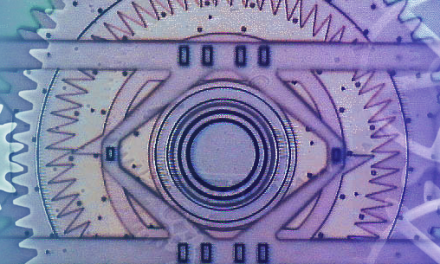No chips, no digital: Five reasons EU Chips Act matters
Did you know that more than 1 trillion computer chips were produced worldwide in 2020? That’s around 130 chips for every person on earth.

The world has been facing chip shortages since 2020. This has led to higher prices and longer delivery times for consumer electronics and life-saving medical equipment. On top of that, vehicle production was slashed by more than 30% in some EU countries because of the chip shortage.
Although chips, also known as semiconductors, largely go unseen, they are at the heart of all the digital products that surround us — from smartphones and computers to home appliances, life-saving equipment, communication and energy.
That’s why we proposed the European Chips Act. This will help create a state-of-the-art European chip ecosystem by:
1. Strengthening Europe’s research and technology for smaller and faster chips
One of Europe’s biggest strengths is in semiconductor R&D. In the coming years, research efforts will focus on technologies that reduce the size of chips, helping Europe produce leading-edge semiconductors using for example innovative materials.
2. Helping boost production capacity by 20% by 2030
The chips market is expected to double by 2030. This means quadrupling production in Europe to meet the demand. Yet it’s not just a question of volume — it’s about being able to make the most advanced chips in Europe and serve users’ needs. Investments in production facilities are needed both from within the EU and from outside. The aim is to create the right investment conditions and a favourable framework to attract the necessary private investment across Europe.
3. Improving the design, manufacturing and packaging of advanced chips
This will help secure the supply of chips in the longer term, serving industry and public sector needs and stimulating innovation in the wider economy. The new Chips for Europe Initiative will ensure the deployment of advanced semiconductor design tools, pilot production lines for leading-edge chips and testing facilities for innovative applications of latest chip technology. It will also strengthen technology and engineering capacity in quantum chips by building advanced technology and engineering capacities in this field.
4. Having a good grasp of global semiconductor supply chains
Today’s supply chains are global as well as complex. This also applies to the global semiconductor supply chain. Like other supply chains, it’s subject to shortage risks, particularly as demand is booming. One of Europe’s strengths involves participating in and coordinating action. The EU will help monitor how the chip supply chain works and be able to detect and respond to chip crises in a timely manner. Two types of measures will be used — one to develop permanent monitoring and one to deal with crises.
5. Addressing the skills shortage, attracting new talent and supporting a skilled workforce
Demand for talent in electronics has been increasing in the last 20 years, with the microelectronics industry in Europe being directly responsible for 455,000 high-skilled jobs in 2018. However, there are not enough women studying and working with electronics, and shortages in the workforce are a major barrier to further growth in the sector. The main challenge is to attract and retain highly skilled talent.
To do this, access to state-of-the-art design and manufacturing equipment used by the industry is needed, as well as more training for students on real-life business problems. The Chips for Europe Initiative will support education, training, upskilling and reskilling initiatives.
The European Chips Act will be a game changer for the global competitiveness of the single market and the European industry. Chips are necessary for the green and digital transition. In the short term, it will increase our resilience to future crises by enabling us to anticipate and avoid supply chain disruptions. And in the medium term, it will help make Europe an industrial leader in this field.











